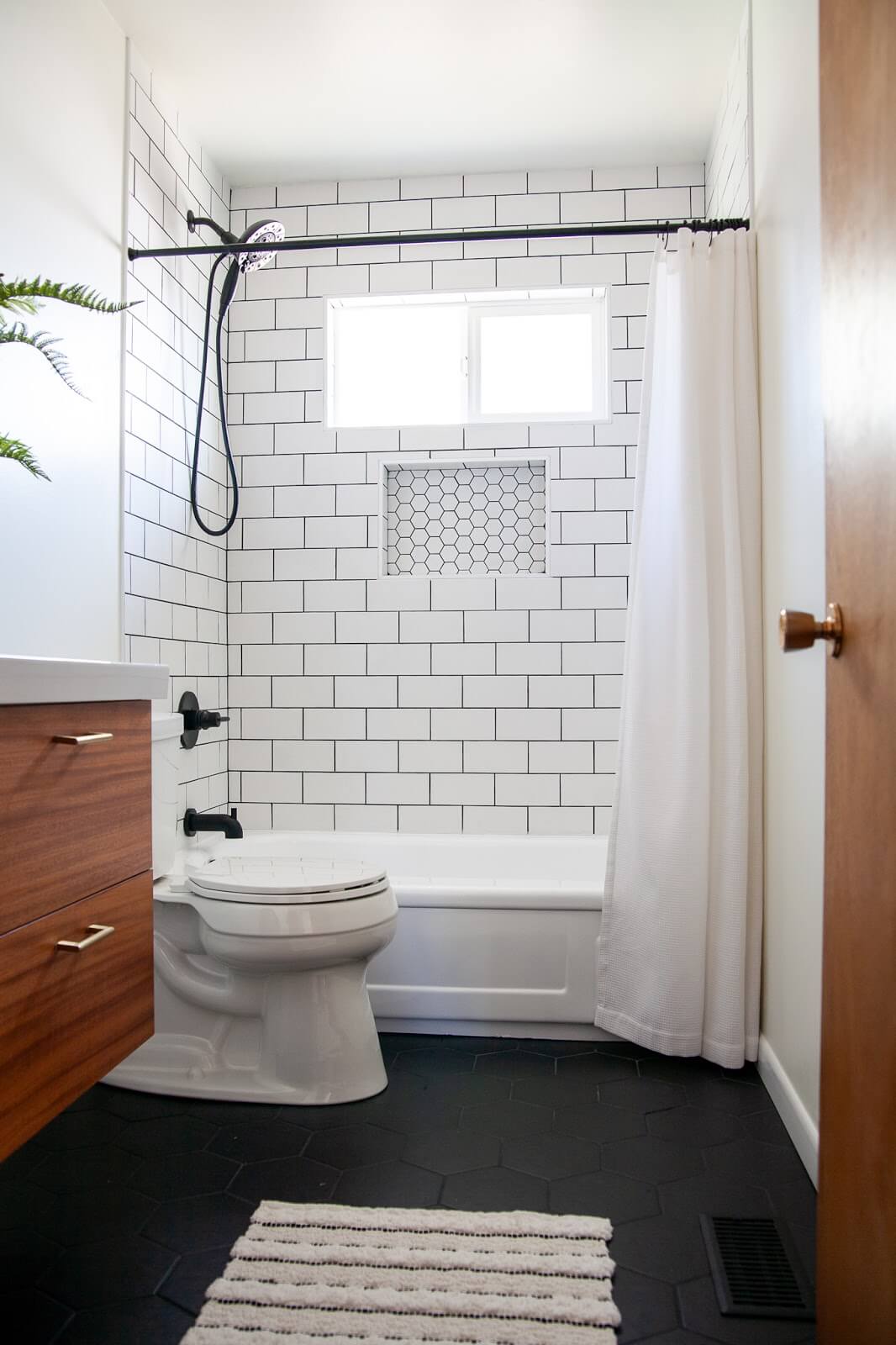

Do you have any help?įor a larger bathroom, it will go much quicker with a second person. Of course, if you live alone, you won’t have to worry much about foot traffic. It’ll make managing the project easier since you don’t have to worry about people going in and out of the bathroom. Use a second bathroom during your small renovation project, if possible. Can you use another bathroom during the project? Contractors have all the tools they need so you wouldn’t need to invest extra money for those. The labor cost comes out to about $500 (small bathrooms) to $2000 (large bathrooms) depending on the size of your bathroom and any extra features you’re adding. If you DIY your bathroom tile floor yourself, you avoid the cost of labor, which is about $12 to $20+ per square foot. Some stores will cut tile for you cheap, or even for free. Often hardware stores can rent you a tile cutter for the job. We don’t recommend buying a high-end tile cutter unless you plan on using the equipment often over the next several years. A tile cutter can cost anywhere from $150 to $1000+.

To spread thinset mortar, you’ll need a tile trowel, too.īesides the tile cutter, these tools will cost about $50. Tools include a tile cutter or angle grinder, mortar for the tile grout, a level, and a rubber mallet to fix the tiles in place. You’ll also need to pay for tools so you can complete the tiling successfully. Marble and porcelain tiles tend to be more expensive than ceramic. Most tiles cost around $2 per square foot.

The total cost depends on the size of the bathroom, how many materials you have already, the materials you want to use, and where you live.įor a 40 square foot bathroom, you will spend about $80 for the tile floor, or $2 per square foot. BudgetĪs far as cost goes, consider the cost of the tiles themselves and materials. Make sure to create a schedule and stick to it! Plan out every aspect of your project from research to installing the tiles themselves. You should be able to do all the prep in about a few hours. Keep in mind that finding out what tools you need, gathering them, and preparing the bathroom will also take some time. Small bathrooms may take one weekend, while larger bathrooms or bathrooms with wall tiles or diagonal tiles can take several days. The time for your project mainly depends on its size and complexity. A musty, damp smell is also a good indication that the subfloor needs to be replaced. Water damage can also wear down the subfloor.
#BATHROOM FLOOR TILES CRACKED#
If your current floor is cracked or uneven, you might need to get your subfloor replaced. So, how can you tell if your subfloor is damaged?
#BATHROOM FLOOR TILES PROFESSIONAL#
That is beyond the scope of this article, and you may want to bring in a professional to ensure it is done right. If your subfloor is damaged, you have to get that fixed before tiling. One common exception to this is concrete slab floors, which can support themselves. State of Your SubfloorĪ subfloor is the foundation of your floor underneath the tiles. So, before you tackle tiling your bathroom floor, make sure you understand the scope of your project. Wall and diagonal tiles are not trivial to cut and install. If you’ve never DIYed before, you may want to leave the larger bathroom to professionals.Īlso, some bathrooms may have wall tiles or diagonal tiles, not just floor tiles. Things to Consider Before You Tile a Bathroom Floor Size and Complexity of Your BathroomĪre you renovating a small bathroom? Is it a larger master bathroom? Or somewhere in the middle?


 0 kommentar(er)
0 kommentar(er)
